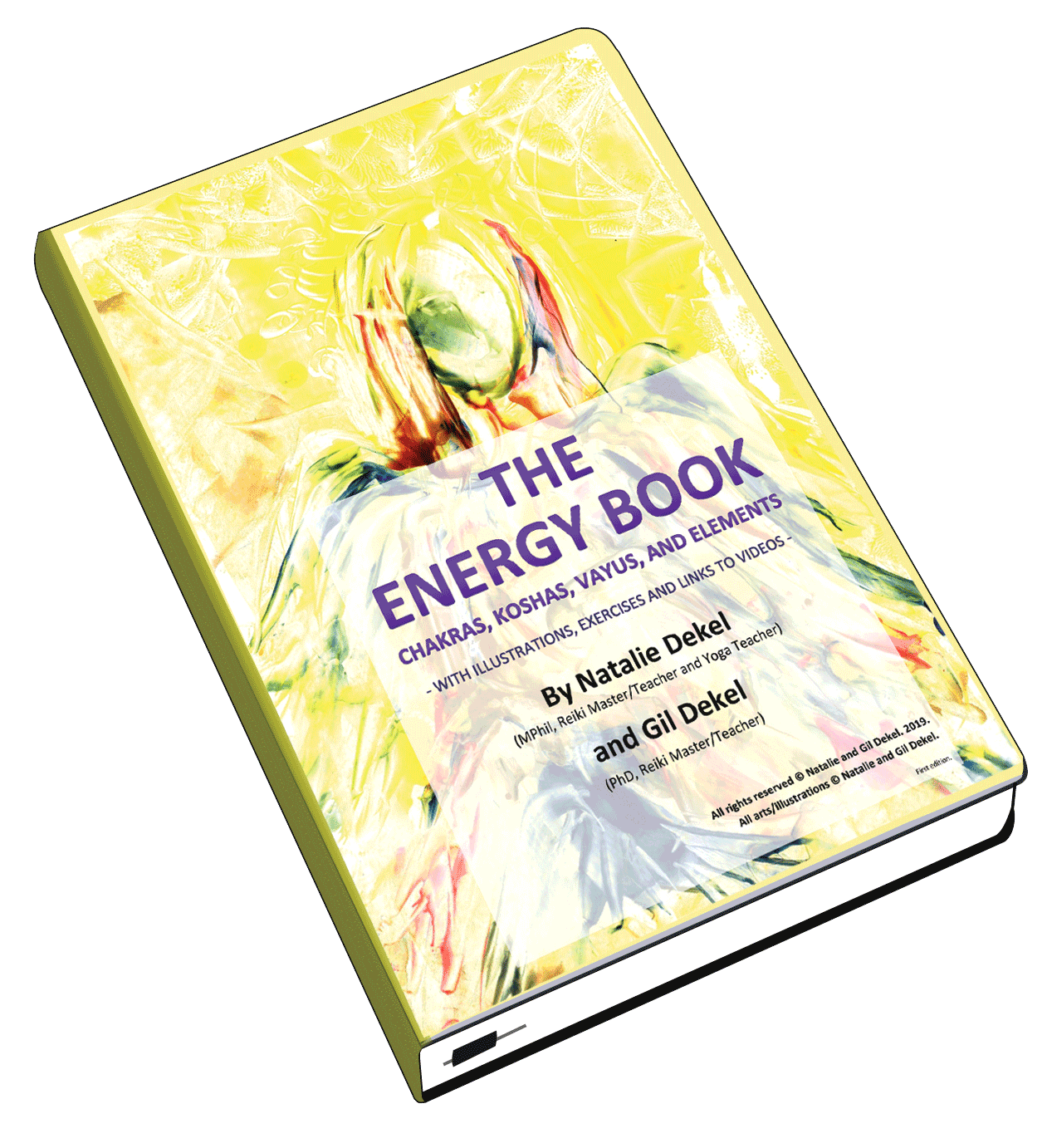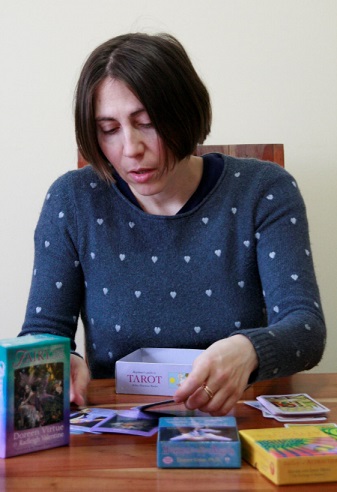by Natalie and Gil Dekel, Reiki Masters.
The original Japanese style of Reiki Healing is different from the way it is practised in the West today. The original Usui Reiki was very simple, and less complex than the Western style. It did not have a name; and Usui referred to it as the ‘Method to Achieve Personal Perfection’. The word Reiki appeared in the Reiki precepts, but it meant ‘a system that has been arrived at through a moment of enlightenment’, or ‘a gift of satori’. The name ‘Reiki’ came later.
The primary focus of Mikao Usui’s Reiki was for students to develop themselves through the universal energy. Healing other people was minor aspect of the system at that time; it was simply something that you could do if you followed the method. The majority of Usui’s students came to him as clients. Usui would give them empowerments so that they could treat themselves in between appointments, and if they wanted to take things further then they would start formal training with him.
The original Usui Reiki training involved committing yourself to carrying out daily energy exercises, self-healing, and receiving spiritual empowerments. The students would receive training on a regular, on-going basis: they kept coming to class and slowly developed their skills. Once a student demonstrated that they had progressed sufficiently, they were allowed to move on to the next level. This is quite different to the way Reiki is taught today in the West.
Usui system was rooted in Tendai Buddhism, which provided the spiritual teachings; and in Shintoism, which contributed methods of controlling and working with the energies. Usui had background in Kiko (energy cultivation) and martial art (Yagyu Shinkage Ryu), and he also took Zen training. There also seems to be a connection to Shugendo (mountain asceticism).
Usui’s First Degree (Shoden)
The training at this level focused on opening the energy channels through Reiju empowerment (a simple connection method), as well as cleansing process and self-healing exercises. The practice of energy exercises was carried out every day, helping students become clear channel to Reiki.
The exercises taught were Kenyoku and Joshin Kokkyu Ho, which are taught today in the Usui Reiki Ryoho Gakkai classes as part of a longer sequence of exercises called ‘Hatsurei Ho’. The students would also learn selected ‘Waka’ poems, chosen by Usui for their sacred sounds exercise (the Kotodama). They would be introduced to the concept of mindfulness, and would focus on developing awareness of the Hara (an energy centre). Students did not treat other people at the first degree level.
Usui’s Second Degree (Okuden)
The second degree level (Okuden) focused on specific energies and spiritual teachings that were delivered individually depending on each student’s needs. Initially students would practise ‘becoming’ the energies, which is something represented today in the West by use of the Reiki symbols. The energies, which are seen as earthly Ki and heavenly Ki, would be attained through various meditations. This process was not rushed, since you had to learn to ‘become’ the energies fully, one energy at a time.
Treatments would be carried out using a few simple hand positions on the head. This was not something taught to all students, as the focus was on intuition in terms of hands position. Later on the students would be introduced to the concept of Oneness, which was central to the system; and they would learn through meditations and the use of the sacred sounds, the Kotodama, to fully experience it.
Usui saw the practice of distance healing as an outcome of Oneness. He taught his students to focus on Tibetan prayers and cultivate positive energies. The outcome of this was healing at a distance, which Usui saw as a demonstration of the connection between people – the Oneness. It was this connection that Usui focused on in his teachings. Today, in the West, distance connection is seen as a goal, and is established with the use of a specific symbol.
The sacred sounds, the Kotodama, were developed from Shintoism, the indigenous religion of Japan, in which the sound of the human voice is believed to be able to heal. There were three Kotodama taught at Usui’s second degree, representing three energies. These are represented in the West today by symbols (we teach Reiki Kotodama on Master level course).
Treatment Techniques and Meditations
In today’s Western Reiki teachings we tend to use a specific symbol to connect to an energy that is unfamiliar to us. As we connect, we experience the energy. Usui seemed to work differently. In Usui’s system the student had to first become familiar with any specific energy, by learning the energies, which could take years to achieve. Only then the student was empowered. This is the difference between ‘empowerment’ that Usui facilitated, and ‘attunement’ which is the term used today. With ‘empowerment’ the student was empowered with what they already had inside; the empowerment of their own knowledge and experience of the energy. While, the term ‘attunement’ suggests a belief that a student is not ‘aligned’ to the energy, and simply needs re-adjustment to it.
No symbols entered Usui’s system for most of his students. The empowerments did not use symbols. It seems that Usui’s system was up and running as early as 1915, long before he introduced the symbols for the benefit of Dr. Hayashi and the other naval officers in 1923.
[This is a short extract based on our Reiki 2 manual.]
» Buy Reiki 2 PDF, click here.
» Reiki 1 PDF Manual, click here.
2 Aug 2013.
© Gil and Natalie Dekel.


 - Reading with Natalie, book here...
- Reading with Natalie, book here...
Hi there!
I am quite new to the amazing world of Reiki Art, and I’d like to thank you for your inspiration… and also extend my hand of friendship.